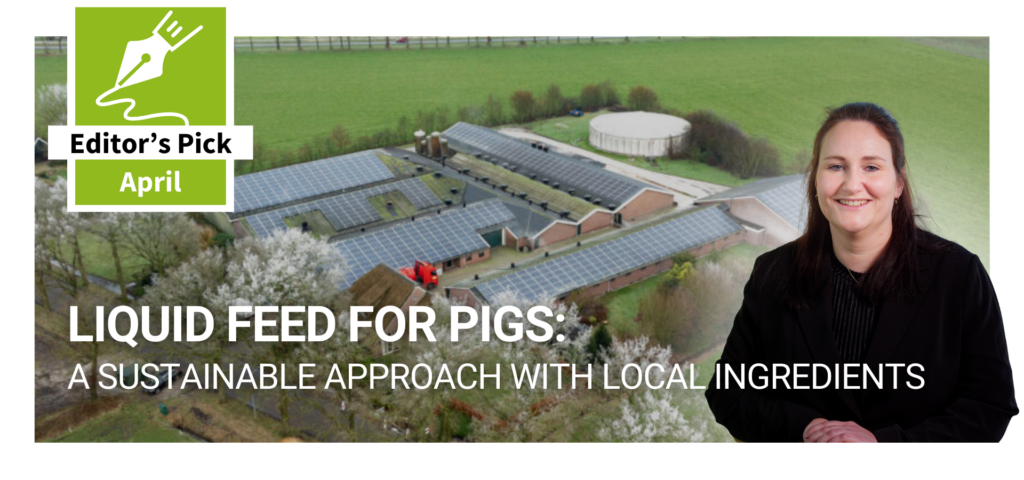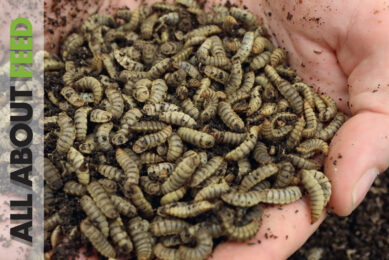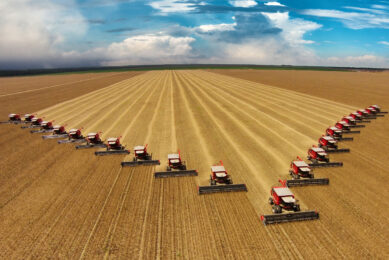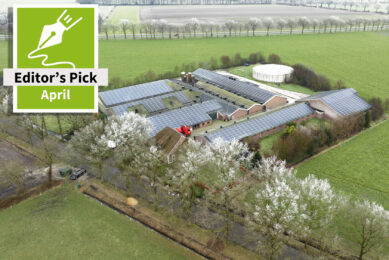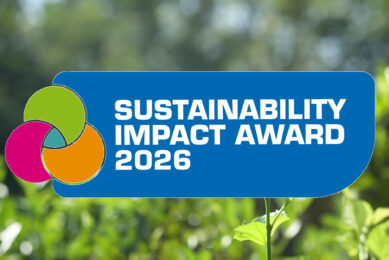Egypt plans to recycle 65 million tonnes of food waste into animal feed
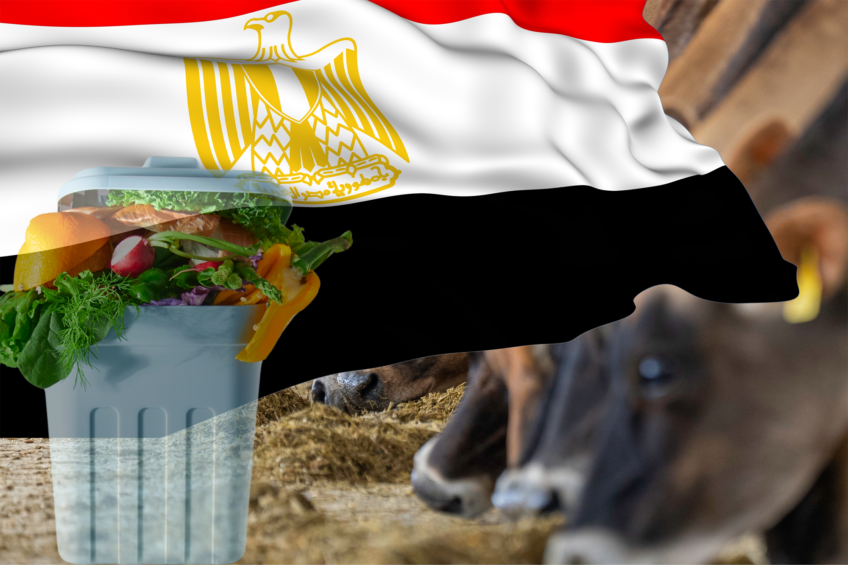
Serious discussions are currently underway in Egypt on how to recycle millions of tonnes of agricultural and food waste into animal feed, Dr Mohsen Shukry, Rapporteur of the Animal Resources Research Council at the Academy of Scientific Research and Technology, unveiled, speaking during an industry event recently.
Egypt’s 65 million tonnes waste
Egypt generates around 65 million tonnes of potentially useful waste per year, which include 50 million tonnes of various agricultural waste and around 15 million tonnes of food factory waste, he noted.

Processing fruits and vegetables
A part of this quantity can be processed for further use in feeding livestock, poultry, and fish, Shukry said, adding that this would help narrow the demand between supply and demand in the Egyptian feed market.
Among other things, Egyptian processors consider various options to maximise the potential of fruit and vegetable recycling, Dr Mohamed El Shafei, a member of the Board of Directors of the Chamber of Food Industries, stated during the same event. The measure could lower the Egyptian need for imported feedstuff, he assumed.
Vision 2030 & feed processing
A plan to collect fruits and vegetables from retailers for further processing into animal feed is included in the national economy development plan Egypt’s Vision 2030. However, no real efforts have been made to set the processing capacities.
Simplifying feed product registration
At the end of 2024, the Egyptian government shared plans to simplify the registration process for new feed products, potentially paving the way for new feedstuff to the feed mills.
Expanding soybean production in Egypt
Egypt imports around 90% of feedstuff, primarily corn and soybeans, to meet the demand in the domestic feed market.
Egypt’s dependence on feed imports
Since the beginning of 2025, local feed industry officials have expressed fears over the rise in feed prices this year owing to drought in Brazil, one of the largest suppliers to the country.
Reviving soybean cultivation in Egypt
In addition to recycling food waste, the local authorities pin their hopes on reviving soybean production to deal with the crisis.
In Egypt, soybean cultivation has steadily declined over the past 4 decades, from 62,000 hectares in 1983 to just 14,000 hectares in 2021.
Local solutions for feed crisis
However, according to an Agricultural Ministry forecast, the area under soybean production should steadily grow, reaching 500,000 acres in the next few years. The authorities also expect some improvements in the average yields of soybeans in the country.



